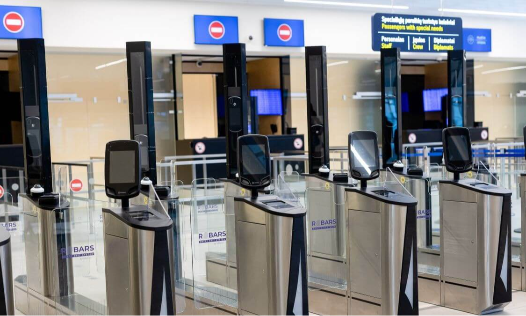Payment is being processed. Please do not refresh or close this page until your payment is complete.
 Book an Appointment
Book an Appointment

The EU member states have agreed to a phased rollout of the Entry/Exit System (EES) following repeated delays due to lack of preparedness and technical problems.
The agreement was reached by the EU interior ministers during a meeting in Brussels yesterday, March 5, Schengen.News reports.
Announcing the news, the Polish Minister of the Interior and Administration Tomasz Siemoniak said that “October is our horizon”, suggesting that the EES is likely to start operations in the autumn of this year.
However, an exact date on the launch of the system is yet to be set by the EU authorities.
In addition to making such a statement, Siemoniak also expressed satisfaction that the progress in the control and protection of the EU’s external borders was made during the Polish Presidency of the EU Council.
The same stressed that the solution adopted by the EU member states is flexible and guarantees the security of migratory movements.
EU Member States Will Have 2 Options to Launch Entry/Exit System
With the establishment of the position by the EU Council, the EU member states will now have two options for the implementation of the EES. The EU countries will be able to launch the system all at once, or to launch it in a phased manner.
Under the phased deployment, the member states will be able to progressively launch the system across a six-month transition period.
Countries that decide to move on with the phased deployment will need to register ten per cent of border crossings after the first month, and during the first 60 days they may operate the EES without the biometric functionalities.
After three months, the EU member states should start operating the system with biometric functionalities and they should reach full registration of all people by the end of the six-month transition period.
The Council further highlighted that until the transition period is over, the member states will continue to manually stamp travel documents.
What Is EU’s Entry/Exit System?
The Entry/Exit System is an automated IT system that will replace manual passport stamping, modernising border controls.
With the launch of the system, all non-EU nationals, regardless of whether they are permitted visa-free entry to the Schengen Area or not, will need to register into the system by providing their biometric data and other personal information.
The data of foreign nationals will be stored in a safe database and the registration will remain valid for three years.
The aim of the EES is to prevent irregular migration to the bloc, detect overstayers and people using fake identities, and keep track of those entering and leaving the EU, among others.
Source: https://schengen.news/eu-countries-agree-to-gradual-rollout-of-entry-exit-system-after-repeated-postponements/